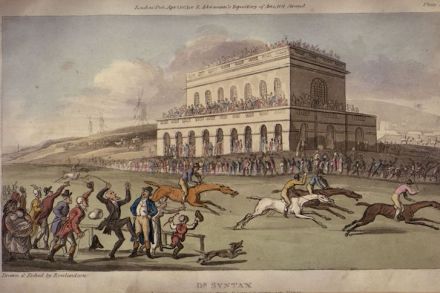Prince of punters
About a third of the way through this book I worked out that I had an unbeatable system for winning at the horses. All I would need was a degree in mathematics, or access to someone who has one, a lot of research on horses, jockeys and racecourses under my belt, including inside knowledge, and a little seed money. Say, £100,000. Two thirds of the way through I realised I would also need some links to organised crime, and if I didn’t have any, they would be furnished for me, whether I wanted them or not. By the end of the book I reverted to my original opinion: that it





















